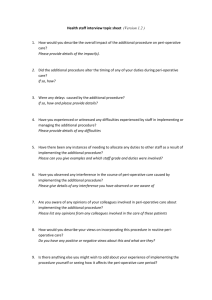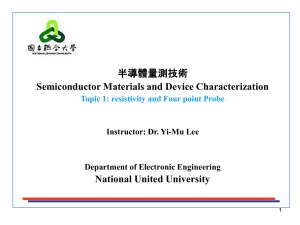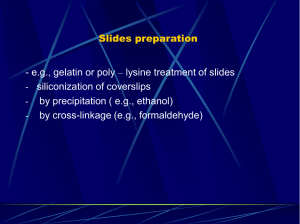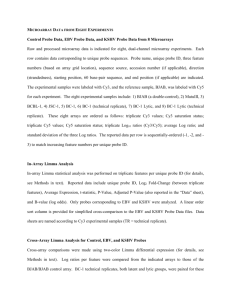I mean right over here! - Livingston and Brighton ED
advertisement
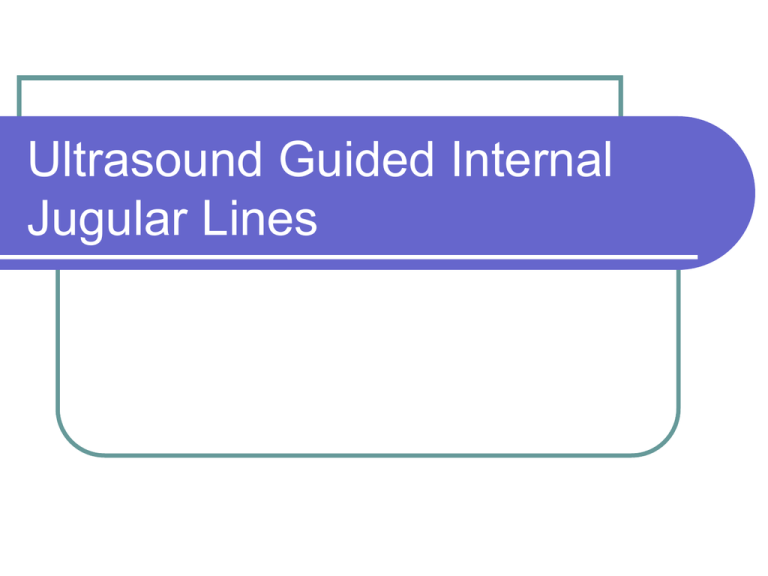
Ultrasound Guided Internal Jugular Lines ER Lines Subclavien Vein Femoral Vein Internal Jugular Vein IJ is the BEST!!! Lower risk of pneumothorax compared to subclavian. Compressibility of the vessel in the event of bleeding or arterial puncture (less likely with use of ultrasound). Straight path from the right IJ to the SVC, better for pacemaker insertion. Less line sepsis compared to femoral lines. IJ with Ultrasound Takes half as much time and half the number of attempts compared with landmark technique About 90% reduction in incidence of Pneumothorax Hemothorax Carotid artery canulation Nerve injury “Full Barrier Precautions” All central line insertions Mask for everyone in the room Wash your hands first Gown, gloves, hat Broad draping—the entire bed should be covered Use of this technique has led to a exceedingly low rate of catheter related infections Chlorhexidine (aqueous) is the preferred antiseptic Terminal Positioning of the Catheters Catheters should terminate in the distal innominate vein or proximal SVC 3 to 5 cm proximal to the junction of the SVC and right atrium to eliminate the risk of cardiac perforation. The caval junction: Right side 14 to 16 cm from right-sided IJ or SC skin punctures Left side 16 to 18 cm CVCs in IJ and SC veins should not be inserted to a depth of >20 cm Confirm catheter tip position with a CXR. Ultrasound Tips Know your probe orientation. Optimize screen position Prior to getting sterile, check vein for compressibility. Optimize the Image Probe Prep – the hardest part You hold open sterile probe cover. Assistant dumps non-sterile gel inside probe cover. Assistant puts non-sterile gel on probe. Using gravity, assistant puts probe into cover. You put on the sterile rubber bands. Put sterile gel on outside of probe cover. Cover and Rubber Band Probe Visualizing and Cannulating Transverse is easier, longitudinal is better. Line up the vein so it is in the middle of the screen, insert the needle in the middle of the probe. Gently bounce the needle and manipulate the probe to see the tip. Check the wire. Transverse, Longitudinal Post Line Placement CXR Tip should be in the Superior Vena Cava, not the right atrium. Ideally 2 cm below the sternomanubrium junction. Pneumothorax Subclavian line placement results in a pneumothorax Positive Lung Sliding Sign-No Pneumothorax Complications Carotid artery injury Nerve injury Phrenic Brachial plexus Seldinger Maintain control of the wire. Make a big enough nick, avoid skin bridge. Cather Insertion Length Formulas for Catheter Insertion Length Based on Patient Height and Approach Site RSC LSC RIJ LIJ Formula In SVC (%) (Hgt/10) – 2 cm 96 (Hgt/10) + 2 cm 97 Hgt/10 90 10 (Hgt/10) + 4 cm 94 In RA (%) 4 2 5 Thread the catheter to approximately 2 cm below the manubriosternal junction http://dhmcsedation.com/CVC/index.asp


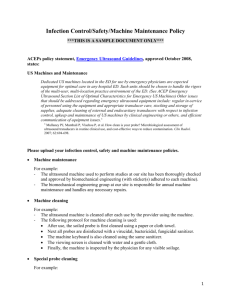


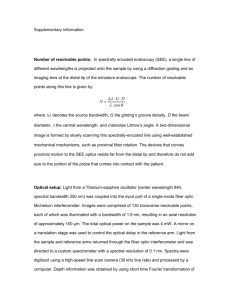
![[sample] Focus Group & Individual Interview Guide](http://s3.studylib.net/store/data/006626260_1-52ac55bdb30beaa664c3c37fc5ba0cb1-300x300.png)
